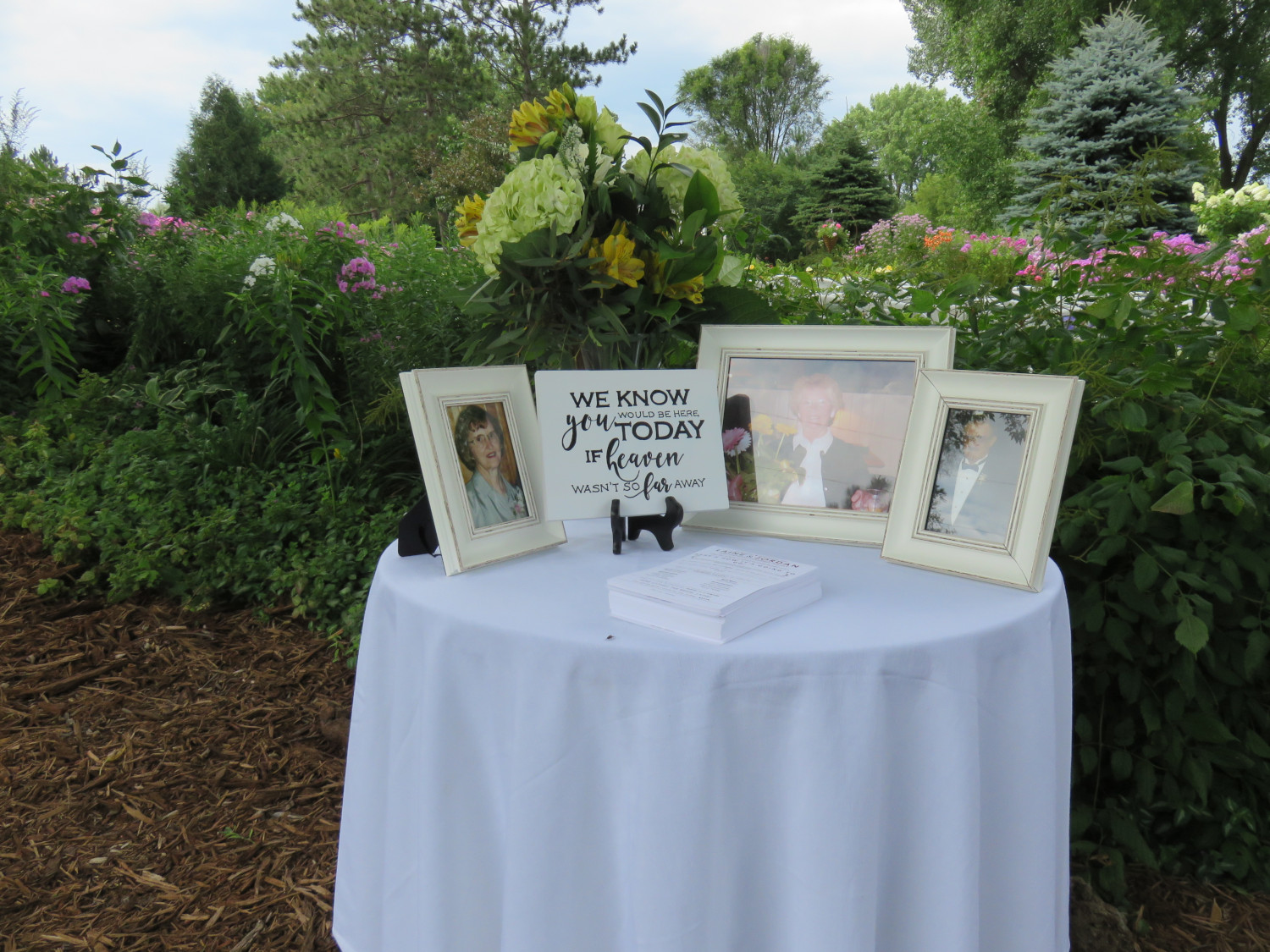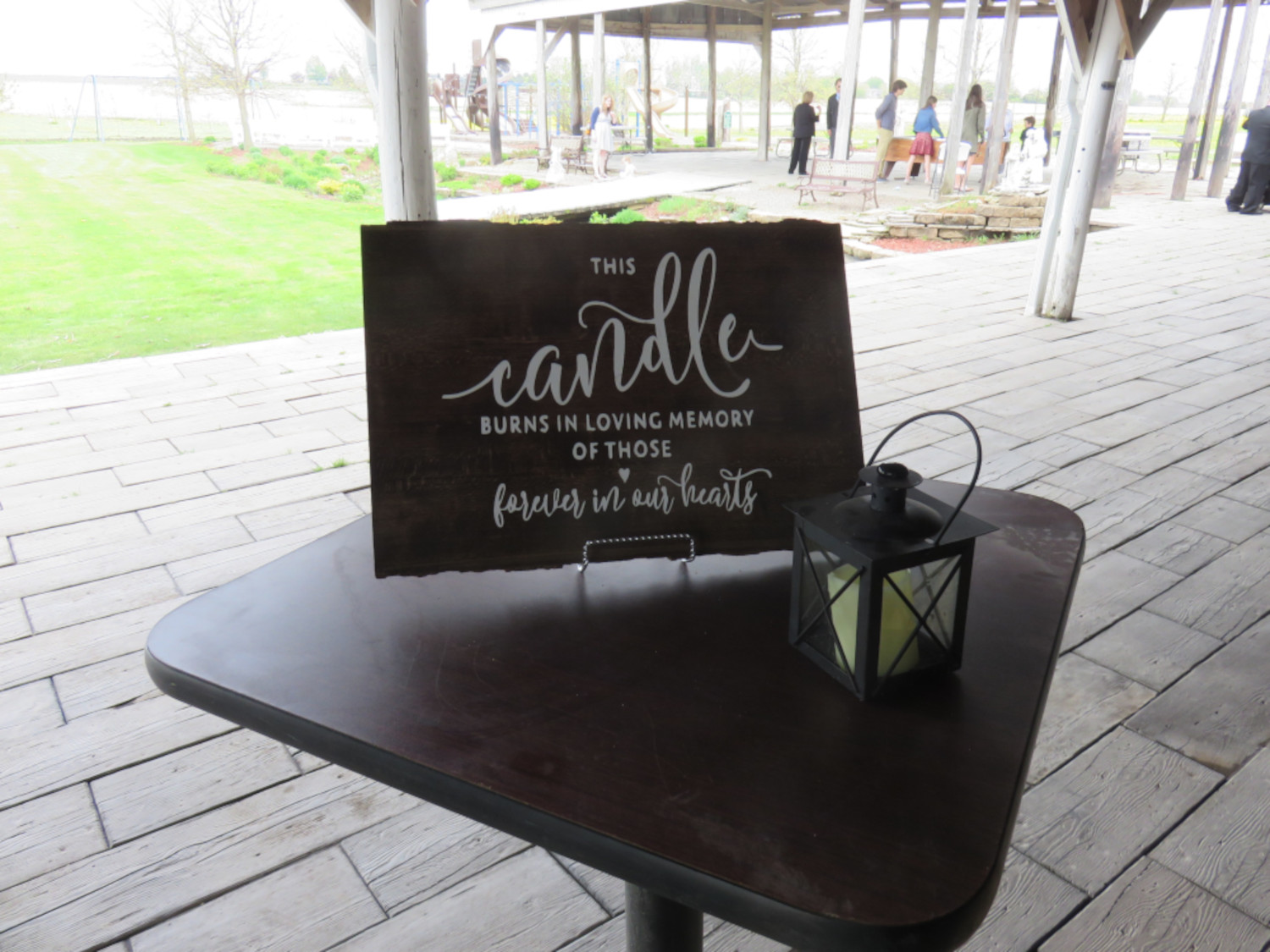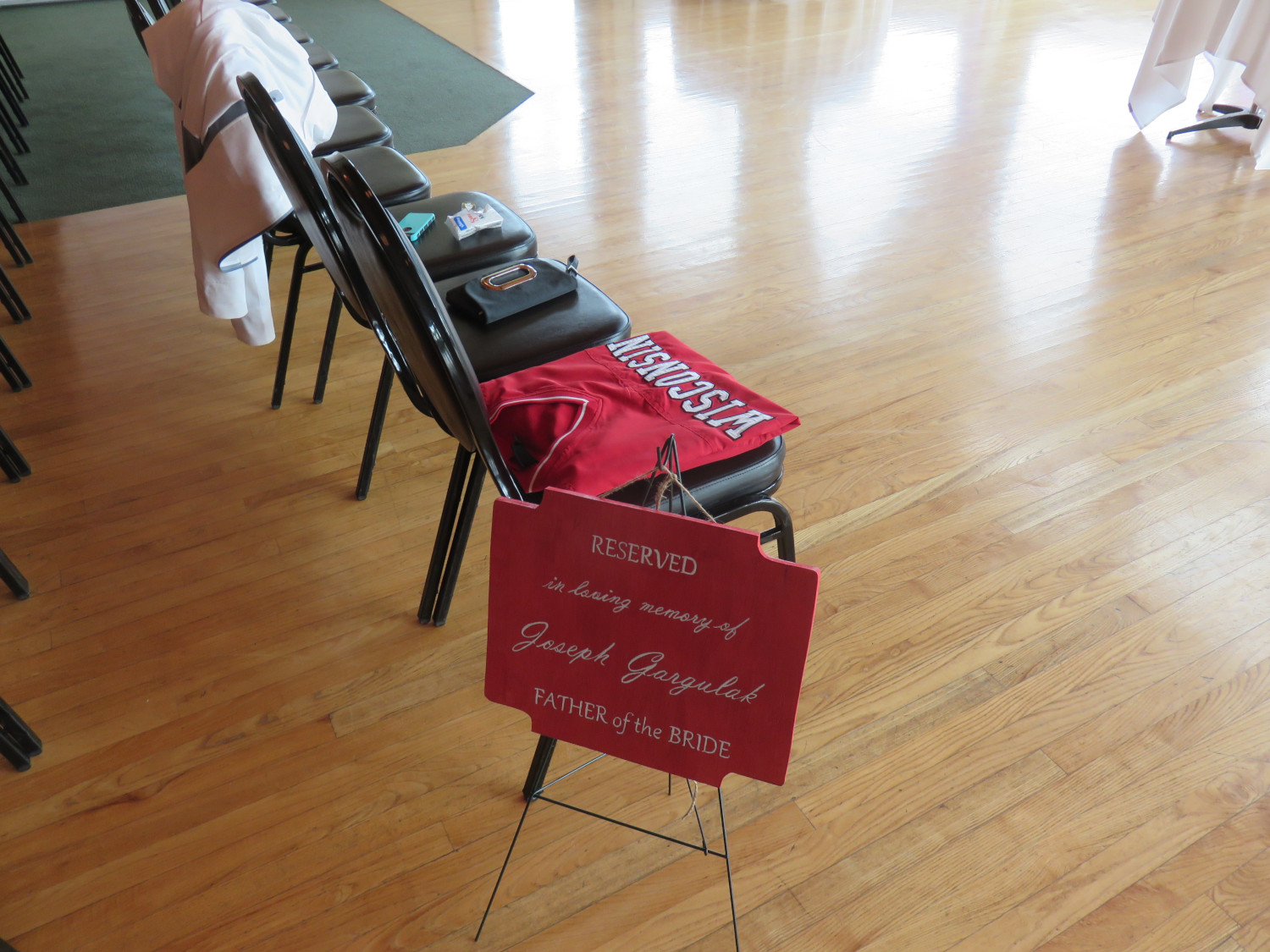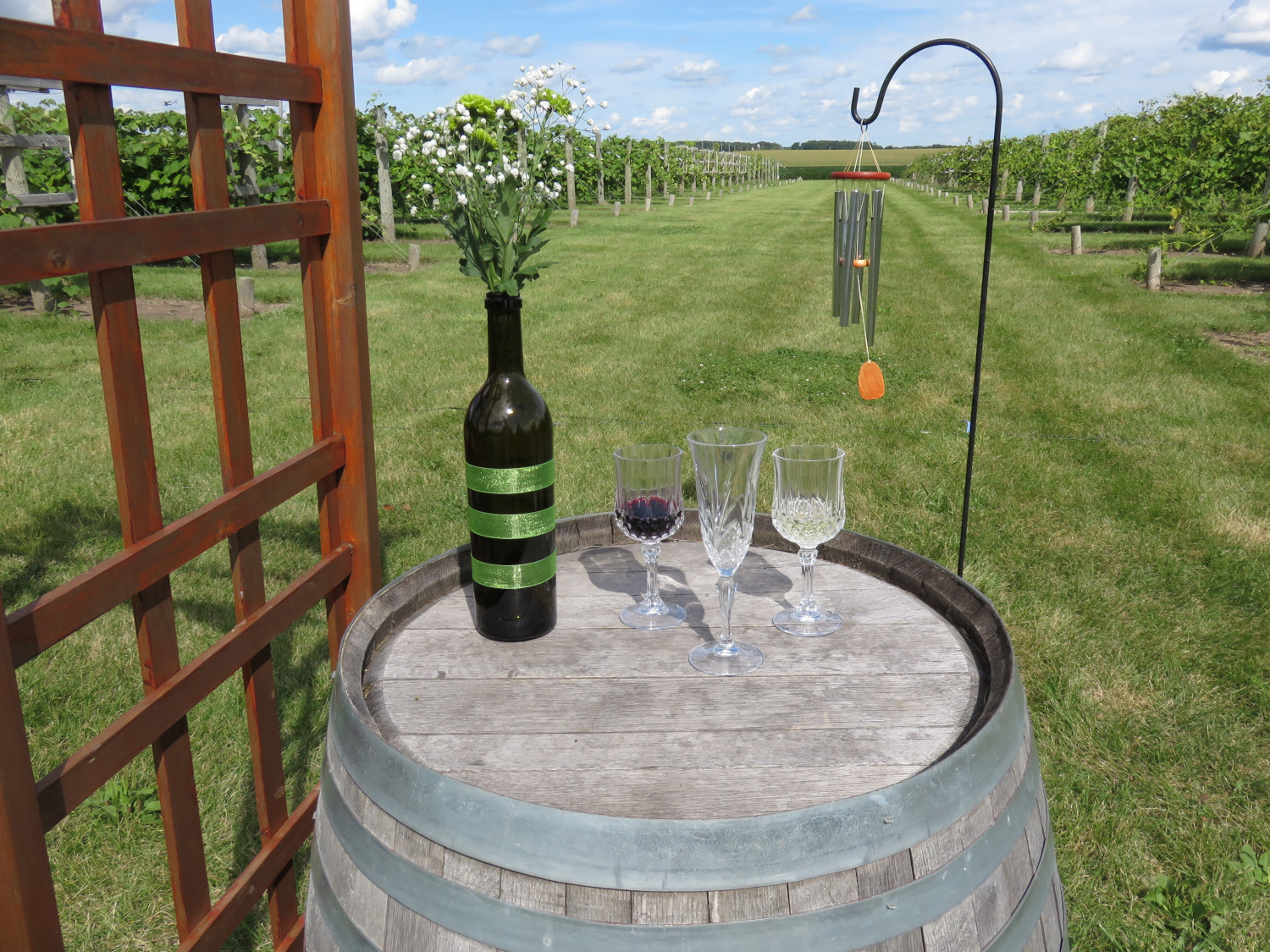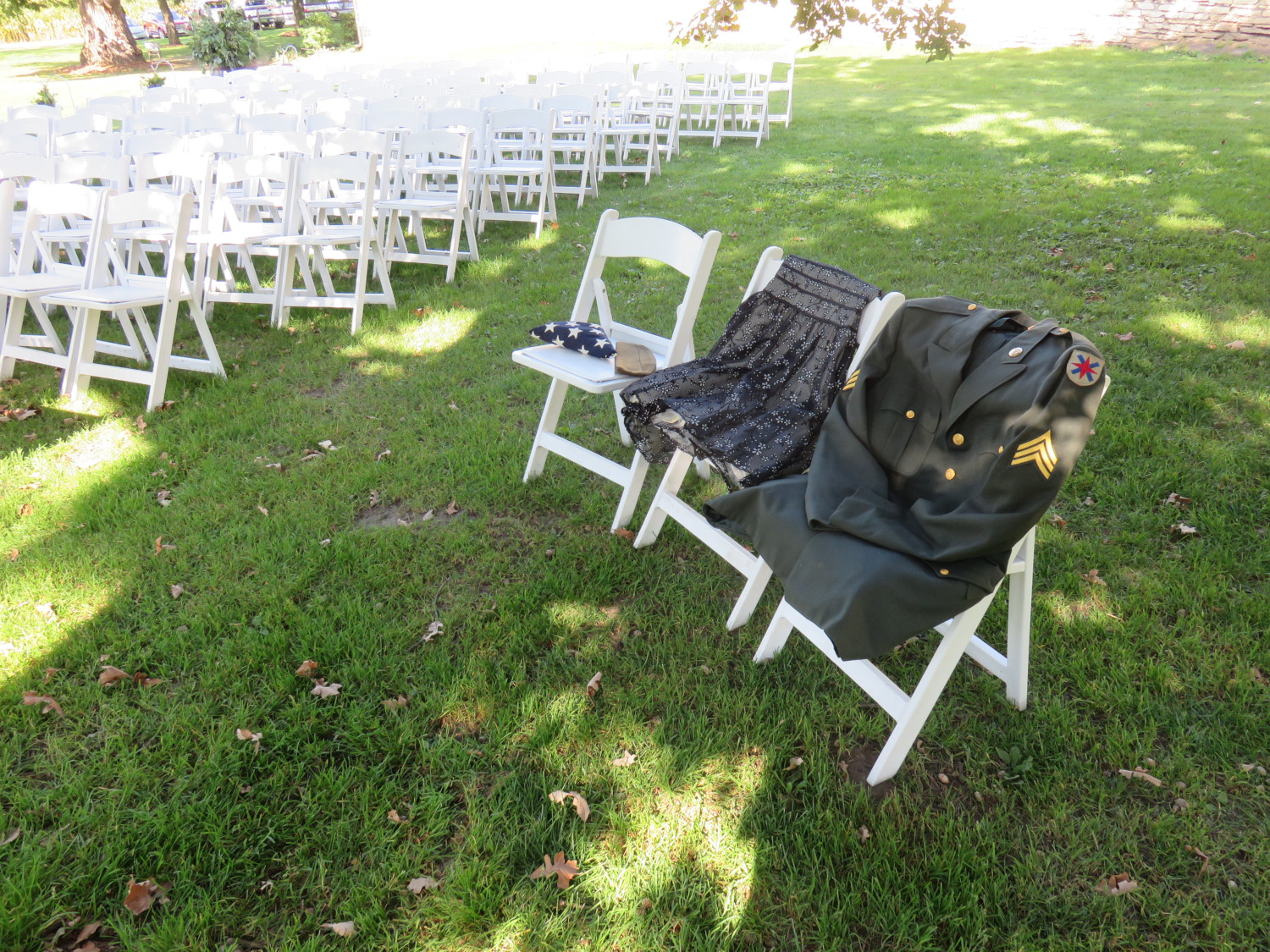Making The Day Your Own
Making the day your own is often a desire expressed by couples planning their wedding. I’ve seen some great examples this year of couples including elements of the wedding day that reflect who they are and honor their relationship. Enjoy reading about these thoughtful, original couples!
The first couple each had interesting passions. He loved all things from the Viking era, and she researched and appreciated all things Celtic. They wanted to include both interests in their ceremony.The rings were presented on an ax in an adaptation of the Viking ritual that placed the rings on family swords that were exchanged during the wedding.
After the exchange of vows and rings, the couple invited their siblings to perform a handfasting ritual honoring the bride’s Celtic heritage. The sash used was made from the family tartan.
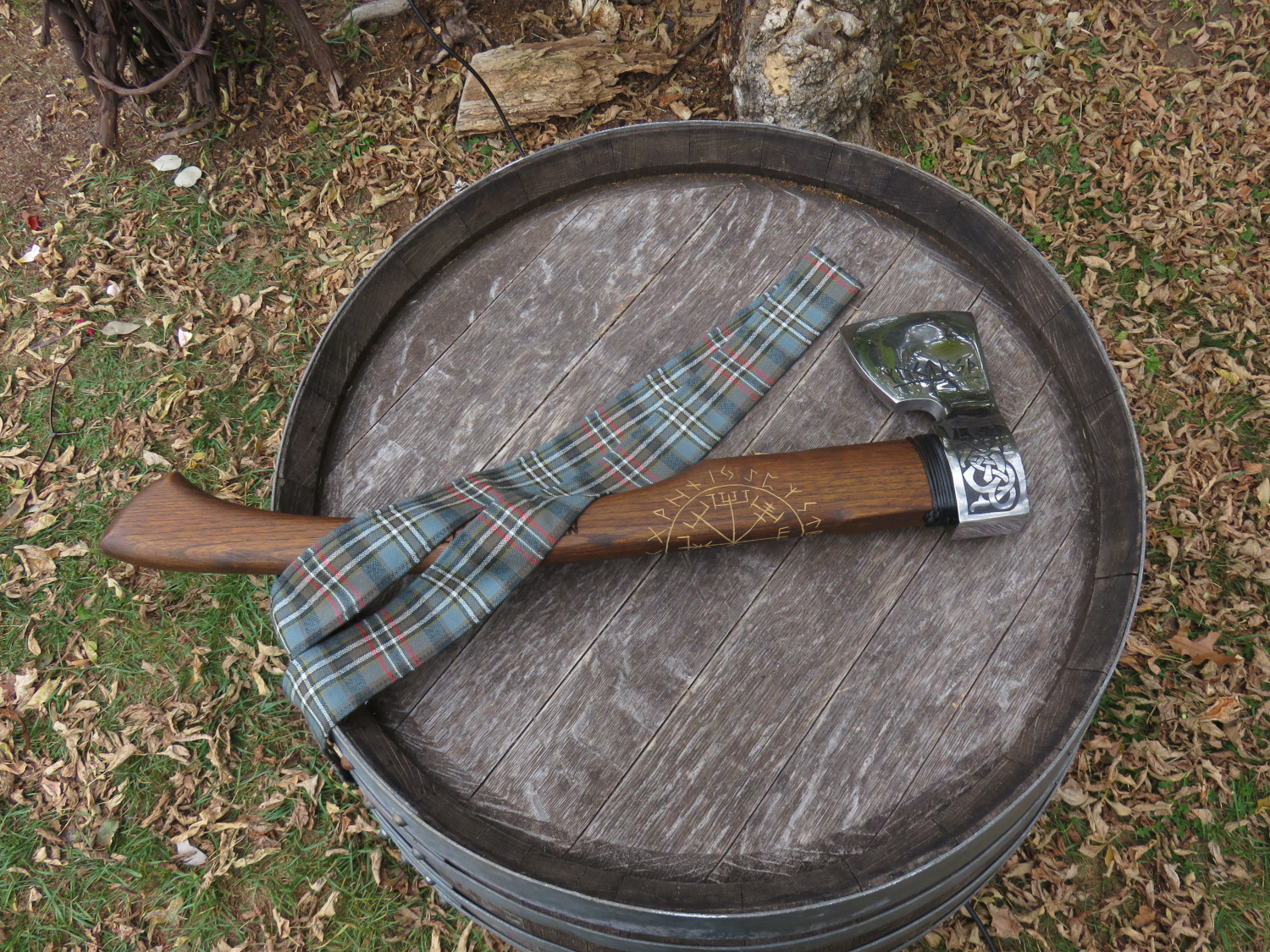
The second couple used rock music by Metallica throughout the ceremony, and the bride wore black. Both were authentic for the couple and both were appreciated by their friends. I did notice a shared glance between a few of the older relatives, but the couple felt seen for their authentic selves.
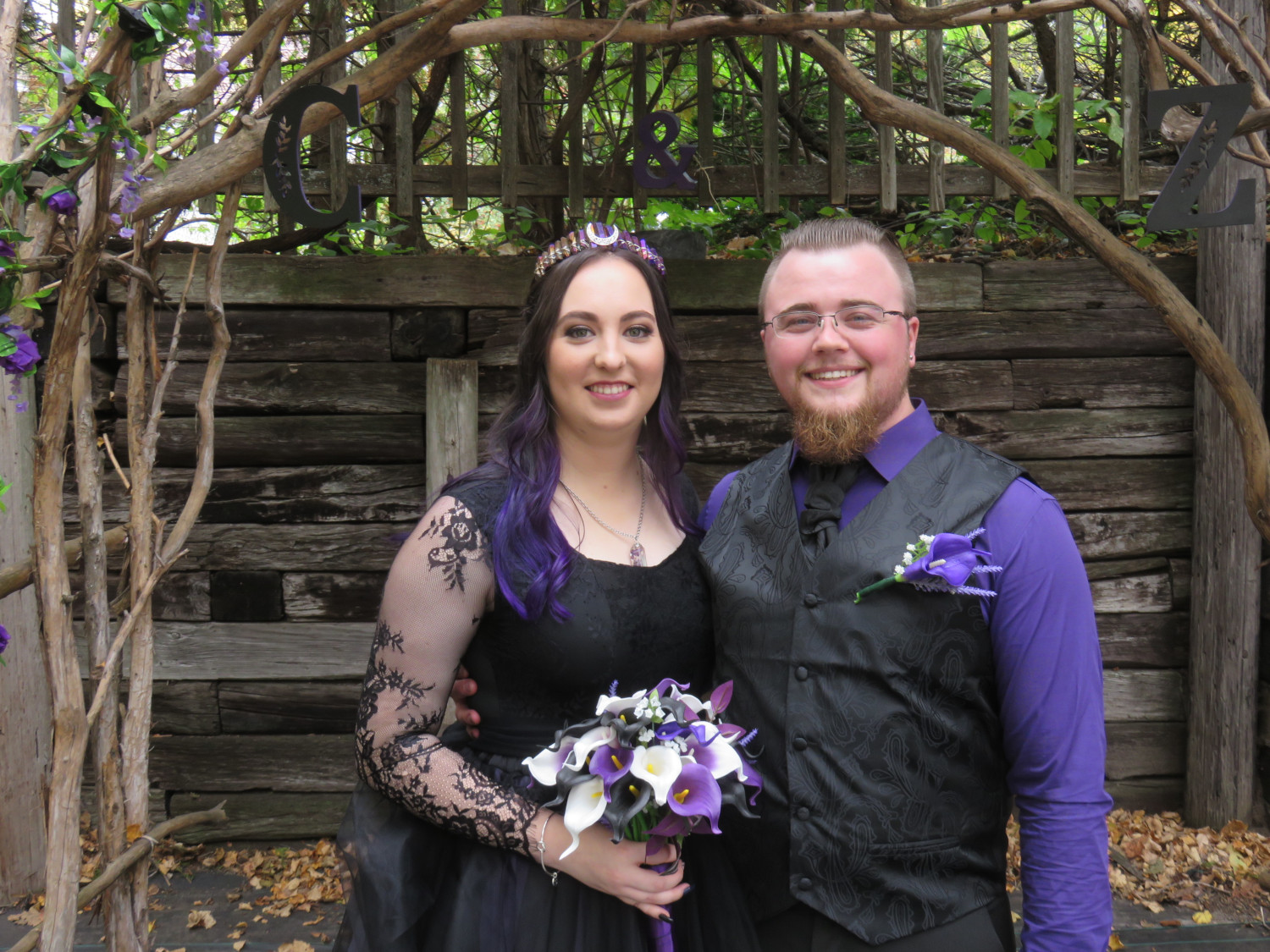
And last, but not least, another couple was creating a blended family with the bride’s two daughters. They wanted the ceremony to recognize both the marriage of the couple and the formation of the new family. The bride located a children’s book titled, “Wherever You Are My Love Will Find You” by Nancy Tillman. The sweet sentiments were reinforced when the couple presented a copy of the book to the girls so they could follow along during the reading. Later in the ceremony the new stepdad gathered the girls close and made promises to them and placed gold necklaces around their necks to remember the day.
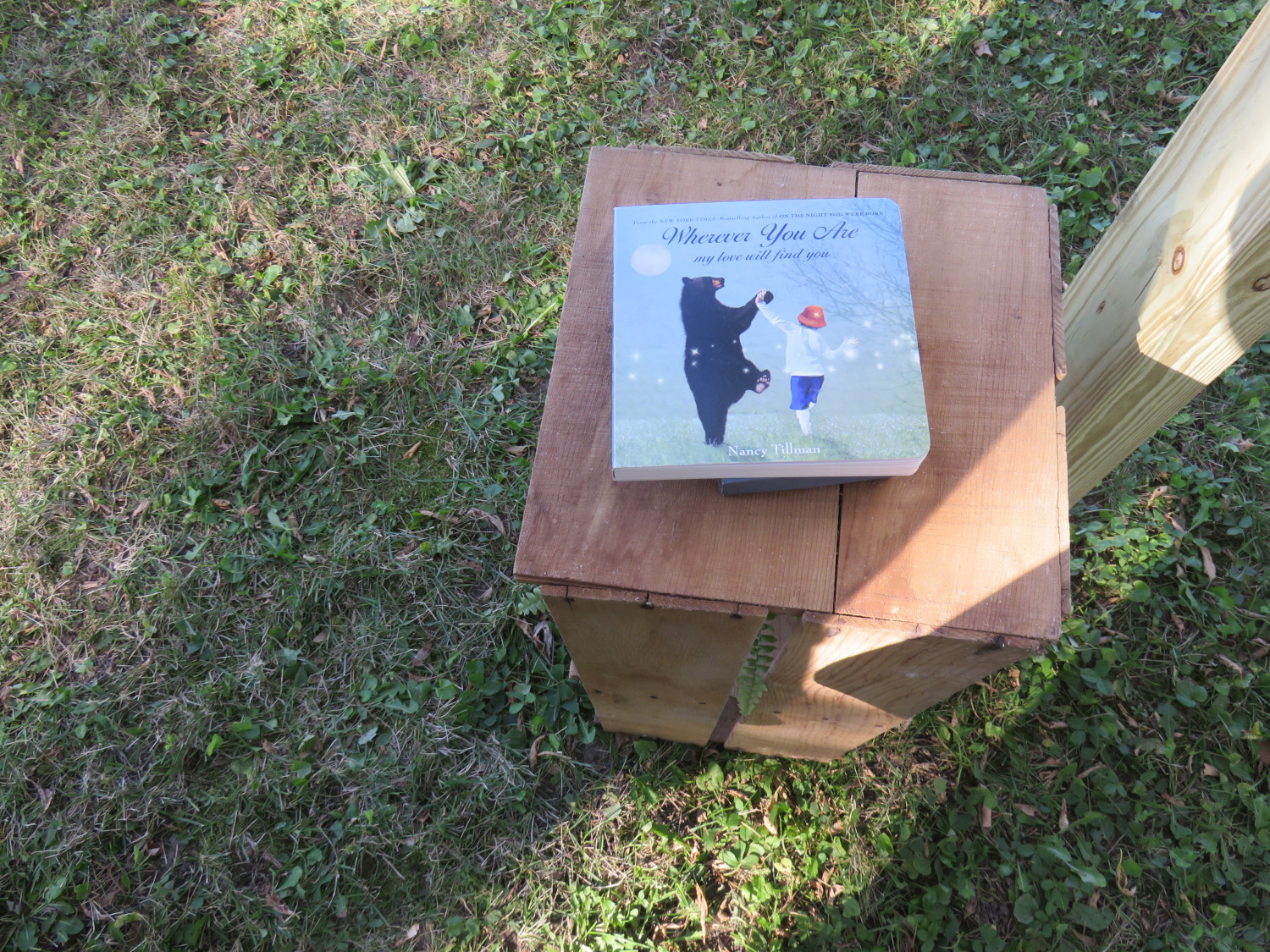
Each of these couples took the concept of making the day your own to heart. The results were as different as the couples were, and each was spectacularly successful. So don’t get burdened by traditions or trends. Making the day your own will result in an authentic wedding day filled with memories to treasure.

